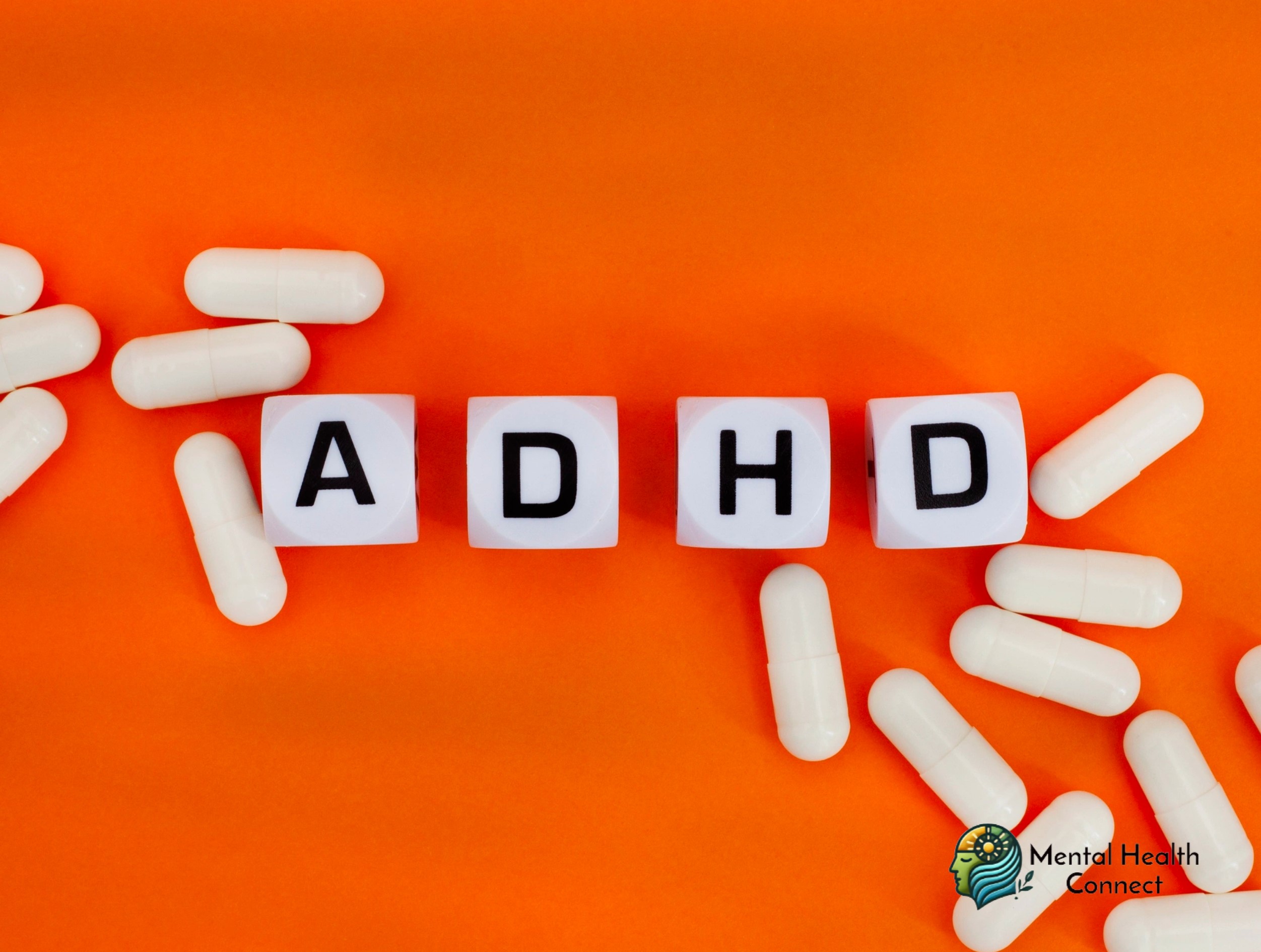Common ADHD Medication Side Effects You Should Know

Attention-Deficit/Hyperactivity Disorder (ADHD) affects millions of people worldwide, impacting their ability to focus, regulate activity levels, and control impulses. In order to control symptoms and enhance quality of life, medication frequently plays a critical role. However, like all medications, ADHD treatments come with potential side effects that patients and caregivers should understand before beginning treatment.
Stimulant Medications: The First-Line Treatment
Stimulants are the most commonly prescribed medications for ADHD, with research showing they’re effective for approximately 70-80% of patients. These medications work by increasing the availability of dopamine and norepinephrine in the brain, neurotransmitters involved in attention and focus. Common stimulants include methylphenidate (Ritalin, Concerta) and amphetamine-based medications (Adderall, Vyvanse, Dexedrine).
Common Side Effects of Stimulants
Appetite Suppression and Weight Loss
One of the most frequent side effects is decreased appetite, particularly during peak medication hours. This can lead to weight loss or slowed growth in children. Many patients report that hunger returns in the evening as medication wears off.
Management strategies:
- Eating a substantial breakfast before medication takes effect
- Focusing on nutrient-dense snacks and meals
- Scheduling meals at times when medication levels are lower
- Monitoring weight regularly
Sleep Disturbances
Difficulty falling asleep is a common complaint, especially if medication is taken later in the day. The stimulating effects can persist beyond the intended duration, leading to insomnia.
Management strategies:
- Adjusting medication timing earlier in the day
- Establishing consistent sleep routines
- Avoiding caffeine
- Sometimes adding a small dose of melatonin (under medical supervision)
Increased Heart Rate and Blood Pressure
Stimulants can cause mild increases in heart rate and blood pressure. While these changes are usually small and not clinically significant for most people, they require monitoring, especially in individuals with pre-existing cardiovascular conditions.
Management strategies:
- Regular monitoring of vital signs
- Sometimes adjusting dosage or trying different medications
- Cardiovascular evaluation before starting treatment for at-risk individuals
Headaches and Stomachaches
These physical complaints often occur during initial treatment or dose adjustments, and typically diminish with continued use.
Management strategies:
- Ensuring adequate hydration
- Taking medication with food (if approved by the prescriber)
- Sometimes trying a different formulation or medication
Mood Changes
Some patients experience increased irritability, anxiety, or mood swings, particularly as medication wears off (sometimes called the “rebound effect”).
Management strategies:
- Adjusting medication dosing schedule
- Sometimes adding an afternoon dose
- Considering extended-release formulations
Non-Stimulant Options
For patients who cannot tolerate stimulants or who don’t respond adequately to them, several non-stimulant medications are available. These consist of guanfacine (Intuniv), atomoxetine (Strattera), and clonidine (Kapvay).
Common Side Effects of Non-Stimulants
Atomoxetine (Strattera)
This medication works by inhibiting the reuptake of norepinephrine in the brain.
Common side effects include:
- Upset stomach, nausea, or vomiting
- Fatigue or drowsiness
- Decreased appetite
- Dizziness
- Mood swings
- Very rarely, liver problems
Guanfacine and Clonidine
These alpha-2 adrenergic agonists were originally developed as blood pressure medications.
Common side effects include:
- Drowsiness and fatigue
- Dry mouth
- Dizziness or lightheadedness
- Constipation
- Low blood pressure
- Potential rebound hypertension if stopped abruptly
Less Common but Serious Side Effects
While rare, some more serious side effects can occur with ADHD medications that warrant immediate medical attention.
Psychiatric Effects
Some patients may experience new or worsening symptoms of:
- Agitation or anxiety
- Aggression or hostility
- Psychosis or hallucinations
- Suicidal thoughts (particularly with atomoxetine)
These effects are more common in people with pre-existing psychiatric conditions or a family history of such conditions.
Cardiovascular Concerns
Though uncommon, stimulants have been associated with:
- Arrhythmias
- Significant hypertension
- Rarely, sudden cardiac events in individuals with pre-existing heart conditions
Growth Effects
Long-term stimulant use in children may be associated with slight decreases in expected height, though research shows this effect is typically small and may normalize over time.
Factors That Influence Side Effects
Several factors can affect which side effects a person experiences and their severity:
- Individual biochemistry: Everyone’s body processes medications differently
- Dosage: Higher doses typically increase the likelihood of side effects
- Timing: When medication is taken relative to meals, sleep, etc.
- Formulation: Immediate-release versus extended-release preparations
- Co-existing conditions: Other health issues can interact with ADHD medications
- Other medications: Potential interactions with other drugs being taken
Finding the Right Balance
The goal of ADHD medication is to maximize symptom control while minimizing side effects. This often requires:
- Starting low and going slow: Beginning with lower doses and gradually increasing
- Regular monitoring: Tracking both benefits and side effects systematically
- Open communication: Maintaining dialogue between patient, family, and healthcare providers
- Dosage adjustments: Finding the optimal timing and amount
- Medication trials: Sometimes trying different medications to find the best fit
Beyond Medication
While medication can be a valuable tool for managing ADHD symptoms, a comprehensive approach often includes:
- Behavioral strategies and environmental modifications
- Therapy (particularly cognitive-behavioral therapy)
- Executive function coaching
- Lifestyle factors (adequate sleep, regular exercise, proper nutrition)
When to Contact Your Healthcare Provider
Always consult with your healthcare provider if you experience:
- Side effects that persist or worsen over time
- Significant changes in mood, behavior, or personality
- New or unusual symptoms after starting medication
- Concerns about medication effectiveness
ADHD medications can dramatically improve functioning, but understanding potential side effects is crucial for making informed treatment decisions. Every individual responds differently, and finding the right medication and dosage often requires patience and collaboration with healthcare providers.
With appropriate monitoring and management, most side effects can be minimized, allowing the benefits of treatment to shine through. The goal is always to enhance quality of life and functioning while keeping adverse effects to a minimum.
-
 How to Support Someone with OCDApril 17, 2025
How to Support Someone with OCDApril 17, 2025 -


Leave a Reply